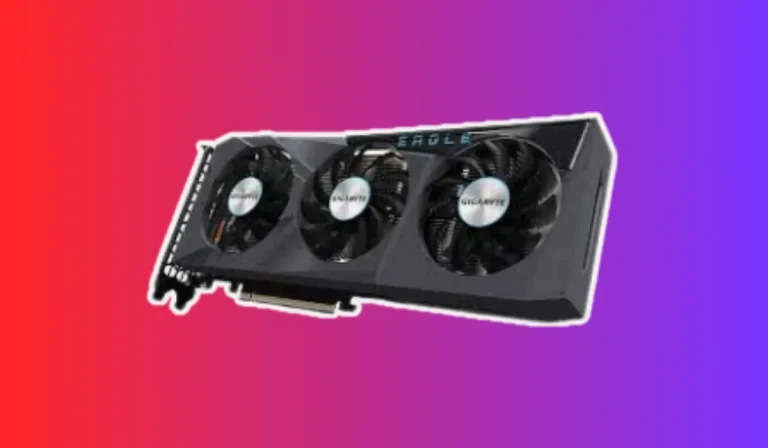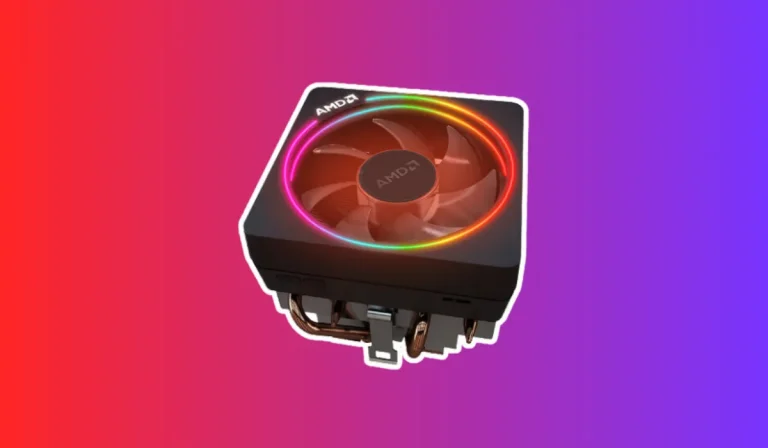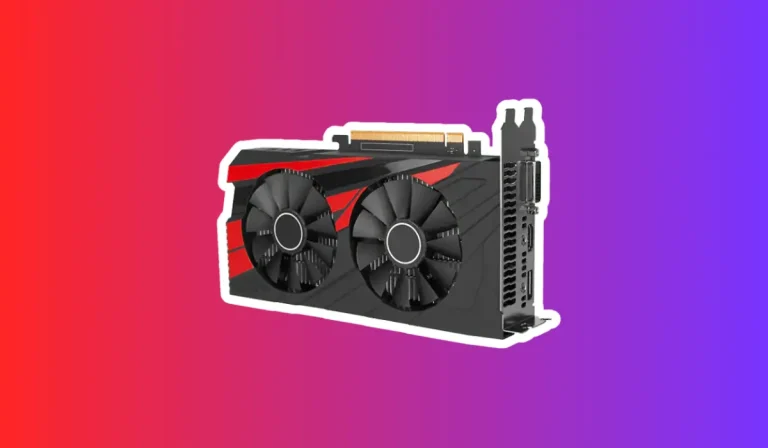What is coil whine, and how does it affect your video card?
Have you ever noticed an annoying high-pitched buzzing sound emanating from your computer when you’re pushing it to its limits? Chances are, you’ve encountered a phenomenon called “coil whine.”
Effects of Coil Whine on Video Cards
Performance Degradation
Coil whine can lead to performance degradation in your video card. The electrical noise produced by coil vibrations can interfere with the smooth operation of the card, resulting in reduced frame rates and overall instability.
This effect is especially noticeable during graphically demanding tasks such as gaming or rendering. The inconsistent power delivery caused by coil whine can disrupt the card’s performance, leading to stuttering and decreased responsiveness.
Hardware Stress
Excessive coil whine can indicate increased electrical stress within the video card. While coil whine itself may not directly damage the hardware, the underlying electrical issues can potentially lead to long-term damage.
The prolonged exposure to excessive electrical stress can cause components to degrade more rapidly, increasing the risk of premature failure. It is important to address coil whine to minimize the chances of further damage to your video card.
Disturbed User Experience
Coil whine can significantly impact your overall user experience. The high-pitched buzzing or whining noise can be distracting and frustrating, particularly during quiet moments or when using headphones.
It can disrupt the immersion in games, distract from audiovisual content, or hinder concentration during work or creative tasks. The persistent noise can diminish enjoyment and productivity, making it important to find solutions to mitigate or eliminate coil whine.
Is Coil Whine a Sign of a Defective Video Card?
Normal Variation
Coil whine can be considered a normal variation in video cards rather than a sign of defectiveness. It occurs due to the interaction between electrical currents and the coils present in the card’s circuitry.
Different video cards and power supplies can exhibit varying degrees of coil whine, with some being more prone to it than others. This means that even brand-new, fully functional video cards can experience coil whine to some extent.
Not Always a Cause for Concern
In most cases, coil whine does not impact the performance or longevity of the video card. It is more of an audible nuisance rather than a sign of imminent failure. However, if the coil whine is excessively loud or accompanied by other issues like performance degradation or abnormal temperature increases, it may be worth investigating further to rule out any underlying problems.
Addressing Coil Whine
If the coil whine is bothersome or interfering with your user experience, there are steps you can take to mitigate it. Firstly, ensure that your video card and power supply are properly seated and connected. If the coil whine persists, you can try updating your graphics card drivers or adjusting the power settings in your computer’s BIOS. In some cases, replacing the power supply with a higher-quality unit or using a power conditioner may help reduce coil whine.
Minimizing and Eliminating Coil Whine
Power Supply Considerations
The power supply unit (PSU) plays a crucial role in the occurrence of coil whine. Choosing a high-quality PSU with stable power delivery can help reduce the likelihood of coil whine. Look for PSUs that have received positive reviews for low noise and stable performance. Additionally, opting for a higher wattage PSU than necessary can help alleviate strain on the components, potentially reducing coil whine.
Graphics Card Placement
The placement of your graphics card within the computer case can influence coil whine. Ensure that the card is securely and properly seated in its slot, as loose connections can contribute to electrical noise.
Properly grounding the card and minimizing electromagnetic interference from other components can also help reduce coil whine. Consider using an anti-static mat or wristband during installation to prevent electrostatic discharge.
Underclocking and Undervolting
Underclocking and undervolting your video card can be effective in minimizing coil whine. These techniques involve reducing the card’s operating frequency and voltage, respectively. While this may result in a slight decrease in performance, it can significantly reduce electrical stress and the likelihood of coil whine. However, it is essential to find a balance that maintains stable operation without sacrificing performance excessively.
Professional Assistance
If the above methods do not alleviate the coil whine or you are uncomfortable making hardware adjustments yourself, it may be beneficial to seek professional assistance. Computer technicians or hardware specialists can diagnose the issue and provide additional solutions tailored to your specific video card and system configuration.
FAQ’s
1. What exactly is coil whine?
Coil whine refers to the high-pitched buzzing or whining noise that can be heard coming from certain electronic components, such as video cards. It is caused by vibrations in the coils within the card’s circuitry as electrical currents pass through them.
2. Does the coil whine indicate a faulty video card?
Not necessarily. Coil whine is a common occurrence in many video cards and does not always indicate a defect. It is more of an audible nuisance rather than a sign of a faulty unit. However, if accompanied by other issues like performance degradation or abnormal temperatures, it may be worth investigating further.
3. Can coil whine damage your video card?
Typically, coil whine does not directly damage the video card. However, the underlying electrical issues that cause coil whine can potentially lead to long-term damage if left unaddressed. Prolonged exposure to excessive electrical stress can accelerate component degradation and increase the risk of premature failure.
4. Does coil whine affect video card performance?
Yes, coil whine can potentially affect video card performance.
5. Can coil whine be fixed or eliminated?
While it may not be possible to completely eliminate coil whine in all cases, there are steps you can take to minimize its impact.
Conclusion
Coil whine is a common occurrence in video cards, but it doesn’t necessarily indicate a defective unit. While it may be an annoyance, addressing coil whine promptly can contribute to an enhanced gaming or computing experience.
By implementing solutions such as choosing a high-quality power supply, properly seating the graphics card, and considering underclocking or undervolting, you can minimize or eliminate coil whine.




